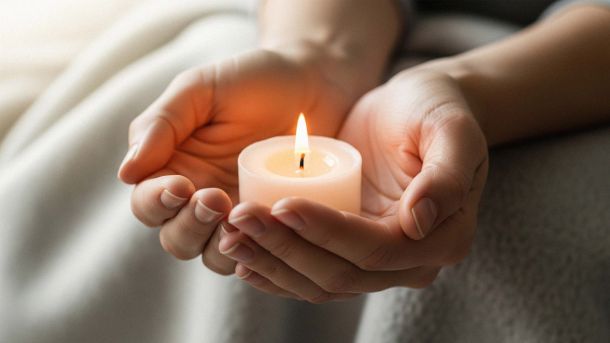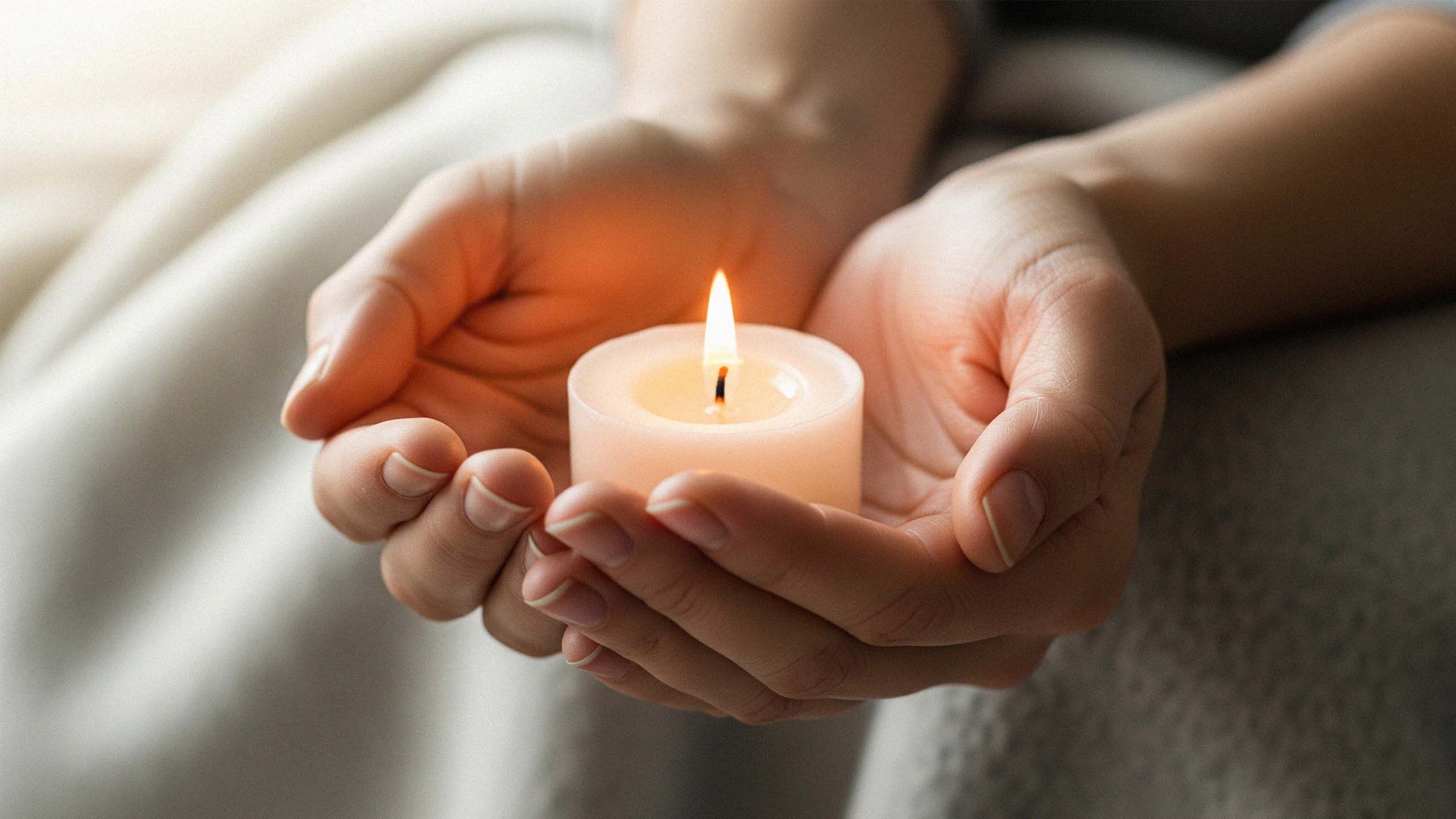5 Mindfulness Exercises to Reconnect With Your Body After Trauma

Healing after trauma can feel unpredictable. For many, the body holds tension, memories, or emotions that seem difficult to release. Re-establishing a sense of comfort within your own skin doesn’t happen overnight, but small, steady practices can help. Mindfulness—paying attention to the present moment without judgment—offers practical ways to gently reconnect with your body.
Below are five exercises that are approachable, grounding, and adaptable. They are not meant to replace therapy or medical care, but they can be companions along the path toward healing.
1. Grounding Through the Senses
A simple way to come back to your body is to focus on the senses you have right now. Choose one at a time: notice the feel of your feet against the floor, the sound of a nearby clock, or the scent of your tea. This sensory check-in can interrupt spiraling thoughts and remind you of the safety of the present.
Tip: Keep a “sensory toolkit” on hand—a textured stone, a calming scent, or a favorite song—to make this practice easier to access when stress rises.
2. Gentle Breathing With Hand Placement
Breathing is automatic, but directing attention to it creates a bridge back to the body. Try placing one hand on your chest and the other on your abdomen. Breathe slowly, noticing which hand rises more. The goal isn’t to control the breath perfectly but to observe it with kindness.
Tip: If deeper breaths feel uncomfortable, shorten the exercise to just two or three mindful inhales and exhales. Even small moments of noticing can make a difference.
3. Mindful Movement in Stillness
Trauma can make movement feel foreign or unsafe. Start with the smallest gestures—rolling your shoulders, circling your wrists, or stretching your toes. Focus less on “doing it right” and more on the sensation of each shift. These subtle movements help rebuild trust in your body’s signals.
Tip: Play quiet background music if silence feels too stark. Let the rhythm guide your pace.

4. Body Scan With Permission
A body scan invites awareness across different areas, from head to toe. Begin slowly, and if an area feels tense or overwhelming, you can pause or skip it. The key is giving yourself permission to notice without forcing anything. Over time, this practice may bring more comfort in acknowledging your body as a whole.
Tip: Use a recorded body scan meditation if you find it easier to follow a voice rather than guide yourself.
5. Journaling the Physical Experience
Mindfulness doesn’t need to stay inside the body. Writing down sensations—“my shoulders feel tight,” “my breath feels shallow,” “my hands feel warm”—can externalize the experience. This helps create clarity and distance, reducing the weight of unspoken feelings.
Tip: Pair journaling with a calming ritual, like lighting a candle or sitting by a window, to signal that the practice is safe and contained.
Quick Practice Guide
| Exercise | Suggested duration | Comfort note |
|---|---|---|
| Grounding through the senses | 1–3 minutes | Use a tangible object if helpful |
| Gentle breathing with hands | 2–5 cycles | Stop if breath feels strained |
| Mindful micro-movements | 3–8 minutes | Keep motion small and safe |
| Permissive body scan | 5–15 minutes | Skip or pause on intense areas |
| Journaling physical experiences | 5–10 minutes | Write sensorial, not only emotional, notes |
Finding Your Own Rhythm
Every person’s path back to the body looks different. Some days these exercises may feel natural, while on others they may feel out of reach—and that’s okay. Mindfulness is less about perfection and more about gentle noticing. With patience, these practices can become touchstones that help restore a sense of presence, comfort, and connection with yourself.
Questions readers ask
Will these exercises replace therapy?
What if one of the exercises feels triggering?
How often should I practice?
Are there resources I can use for recorded guidance?
Disclaimer: The articles and information provided by the Vagina Institute are for informational and educational purposes only. This content is not intended to be a substitute for professional medical advice, diagnosis, or treatment. Always seek the advice of your physician or another qualified health provider with any questions you may have regarding a medical condition.


 English
English  Deutsch
Deutsch  Español
Español  Français
Français 




